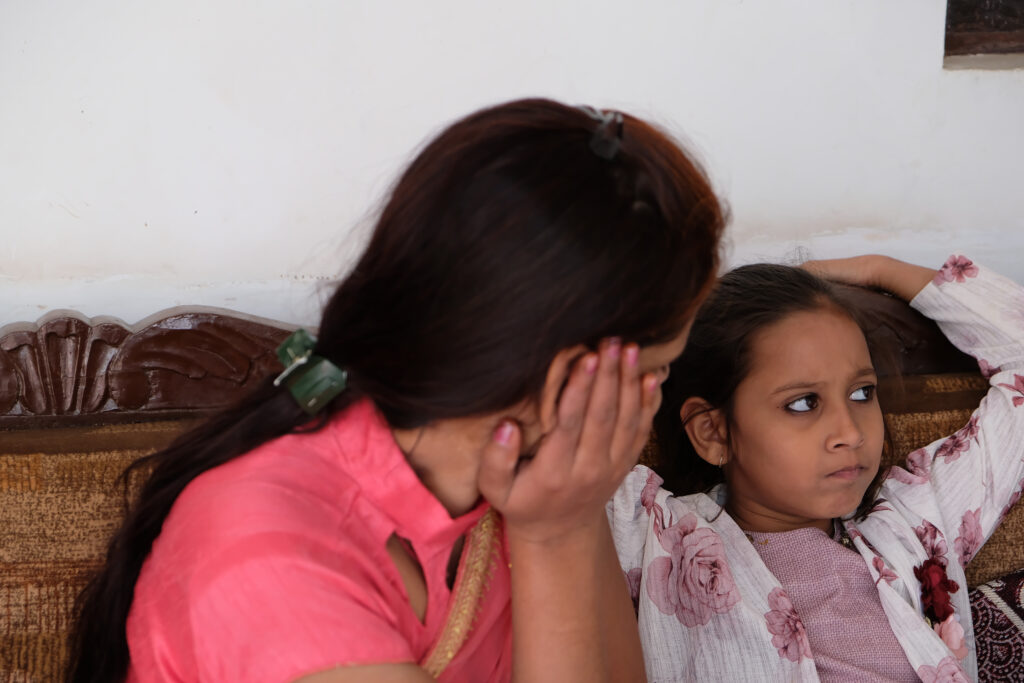The Temper Years: Understanding and Managing Tantrums Across Different Ages
Tantrums are loud, emotional, and exhausting—for both the child and the parent. They may get you to think that something is really wrong with you or your child- BUT tantrums are a normal part of growing up. They are how children express feelings they haven’t yet learned the words for. From toddlers laying on the floor to teens slamming doors, tantrums come in many forms.
As a parent, knowing how your response can shape your child’s emotional development—can work wonders for your child and your relationship with them. Here’s a deeper look at what tantrums look like at different stages and how to support your child through them.

Tantrums in Toddlers (Up to 3 Years Old)
If your child is between 1 to 3 years old, you’re likely in the thick of the tantrum season. These early years often mark the desire for greater independence paired with limited communication= perfect recipe for a tantrum!
Why Toddlers Have Tantrums:
- Limited Communication Skills: They know what they want but can’t express it clearly.
- Desire for Independence: They want to do things on their own, even if they can’t.
- Basic Needs: Hunger, sleep deprivation, and overstimulation are common triggers, communication for which is not yet learnt.
- Frustration: They struggle with waiting, sharing, or not getting their way.
How to Manage Toddler Tantrums:
- Stay Calm: Your emotions are their model. Respond, don’t react.
- Use Simple Phrases: Say things like “I know you’re sad.
- Offer Choices: Giving them a say like, “Red cup or blue cup?” gives a sense of control.
- Hold Firm Boundaries: Avoid giving in to tantrums (except when its about their safety)
Prevention Tips:
- Stick to routines—meals, naps, and bedtime help keep toddlers regulated.
- Prepare them for transitions: “Five more rounds at the slide, then we go.”
- Avoid errands or outings when your child is tired or hungry.

Tantrums in Early Childhood (4–8 Years)
As children grow, their language improves, and they begin to understand emotions better—but that doesn’t mean tantrums disappear. Emotional outbursts still happen, especially when they’re frustrated, overstimulated, or facing new challenges like school and friendships.
Why children have tantrums:
- Bigger Emotions: Kids feel deeply but are still learning to cope with disappointment or failure.
- Social Pressure: Friendships and school interactions can create emotional strain.
- Boundary Testing: Children this age push limits to see how far they can go.
- Academic Frustration: Homework or tasks that feel too hard can trigger outbursts.
How to Manage:
- Label Their Emotions: “It looks like you’re angry because math was hard today.”
- Stay consistent: Consequences have to be the same every time even when they protest.
- Ignore Manipulative Behavior: If the tantrum is to get out of eating vegetables, don’t engage in negotiation.
Prevention Tips:
- Use charts or rewards to reinforce emotional regulation
- Praise efforts: “You stayed calm even when you lost the game—great job!”
- Create emotional toolkits: breathing exercises, drawing, or quiet time.

Tantrums in Teenagers (13+ Years)
Teenage tantrums aren’t loud crying fits—but rather moodiness, withdrawal, yelling, or slamming doors. Adolescents face hormonal changes, peer pressure, academic stress, and identity confusion—all while trying to assert independence.
Why teens have tantrums:
- Hormonal Shifts: Puberty impacts mood, sleep, and energy levels.
- Independence vs. Guidance: Teens crave autonomy but still need support.
- Social & Academic Stress: Exams, social status, and self-worth are major stressors.
- Emotional Overload: Adult-sized emotions, but without adult coping skills.
How to Manage Teen Tantrums:
- Focus on Trust: Spend time connecting—dinner together, casual walks, shared hobbies.
- Model Emotional Control: Handle your frustrations in ways you’d want them to copy.
- Offer Support Without Hovering: Be available, but respect their need for space.
Prevention Tips:
- Maintain flexible boundaries: Give autonomy within limits.
- Validate feelings without agreeing: “I understand why you’re upset, but our rule stays.”
- Keep screen time, sleep hygiene, and open communication in check.

When are Tantrums Concerning?
Tantrums are expected—but sometimes there may be underlying issues. As a parent, watch out for these red flags:
- Tantrums Beyond the Typical Age: Frequent emotional outbursts in older children.
- Self-Harm: Head-banging, scratching, or biting themselves.
- Disruption in Daily Life: Trouble going to school or making friends.
- No Improvement Despite Strategies: Even with consistent parenting, things don’t change.
Parenting through tantrums isn’t easy. Every tantrum is an opportunity to teach your child how to handle emotions, and at the same time it’s a testing situation for you. If you feel your child’s tantrums are more than just a phase, or if you’d like personalized support and guidance, I’m here to help.
